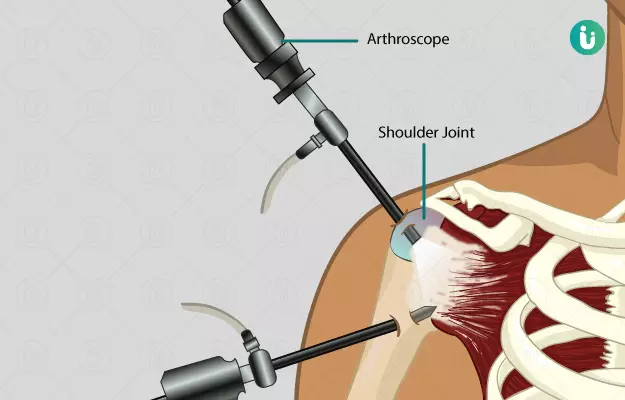Summary
Arthroscopic surgery involves performing surgical procedures using a camera that is inserted in the joint for visualisation and one or more additional access points (or portals) to the joint using stab incisions/cuts. Currently, many shoulder surgeries are largely or exclusively performed arthroscopically. This is due to improvements in equipment, instrumentation, and implants; better surgeon understanding and training in arthroscopic anatomy and techniques; and interest by surgeons and people in less invasive, more accurate surgeries. A few tests may be conducted before you finally go in for surgery. Various techniques are used to perform this surgery. Recovery is subjective to your general health. Some may take a few days while some may feel better the next day. Speak to your surgeon about the possible risks before agreeing to have an arthroscopy.






































